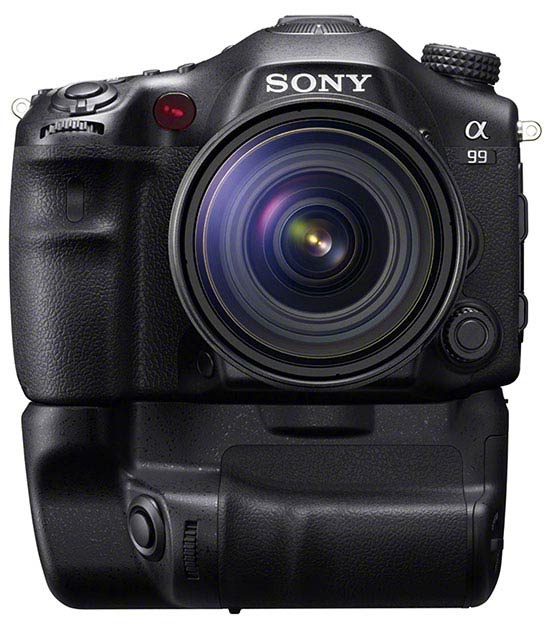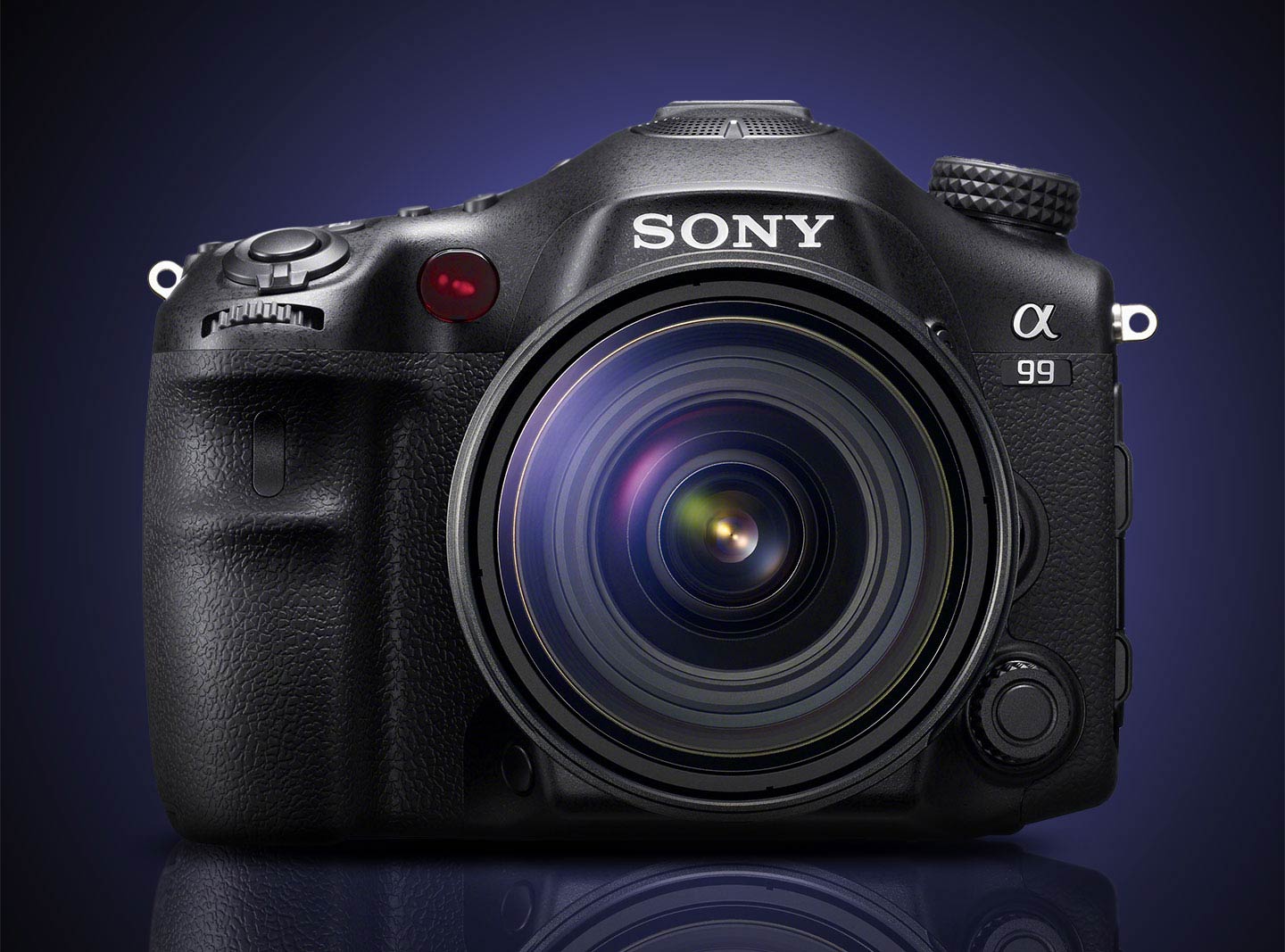Sony’s consumer-oriented translucent mirror (fixed pellicle mirror) SLRs have given amateur photographers access to some remarkable features that had previously been the exclusive territory of multi-thousand dollar pro models. The $800 Sony a65, for example, can shoot at a full 10 frames per second, as fast as the $6000 Nikon D4.
Given what Sony has been able to achieve with less expensive models, I was very curious to hear what they’d be able to pull off in their professional model, the freshly announced Alpha 99, the long awaited replacement for the Sony A900.

So far, the A99 has been a disappointment. First of all, it’s ugly. I know… this is really a matter of aesthetic preference. But it’s really ugly. It’s excessively rounded. It looks like it was left out in the sun for too long and started to wilt and sag. But the real problem comes when it’s attached to its vertical grip: it looks as though the two parts simply weren’t meant to fit together… it looks clumsy and out of balance.
But I’m willing to overlook these transgressions against taste (ok, maybe just my taste) in favor of performance. Nobody cares what a camera looks like as long as it performs beautifully. And frankly, this is where things start to get weird.
The a99’s sensor is the same size and resolution as that of the a900: roughly 24 megapixels, which also happens to be the approximate resolution of the aforementioned a65 (though it uses an APS-C sensor). We do get a higher ISO range (from 100-25600, though 12800 and 25600 may not be native), but otherwise, this is nothing unusual. So why, then, does the a99 only shoot 6 frames per second at full resolution, only 1 fps faster than the a900? Where’s the translucent mirror advantage?
The camera’s auto-focus system sounds unique, with 19 AF points (11 cross-type), plus an additional 102 phase detection assist points on the mirror. Testing will be required to determine how well this actually works, but my initial impression is that the system is somewhat deficient when it comes to cross-type points (the Canon 5D III has 41).
Sony has still not abandoned their Memory Stick Pro storage card system with this camera, though it can carry two SD cards. Though SD cards are popular with amateurs, they’re still much slower than the Compact Flash cards found in most professional cameras.
And unfortunately, this all comes at a cost of $2700, about $600 more than the new Nikon D600, which performs similarly (and is probably fitted with the same sensor).
The Sony a99 does have an articulated LCD, though.



